Privatizing the Risks and Not Just the Profits:
How to TRULY Retire Coal Plants and Fossil Fuel Assets Early AND More Equitably
As coal plants and other fossil fuel assets retire earlier than expected, the question quickly arises, “Who will pay off the debts associated with these fossil fuel assets?” In June 2020, the Rocky Mountain Institute (“RMI”) issued a report “How to Retire Early” that fundamentally assumed that utility customers should pay off the remaining debt associated with utility coal plants that are retired early and then proposed several financial tools to use in paying off the utility’s debt.
While Clean Energy Action certainly shares RMI’s desire to accelerate the retirement of coal plants for both environmental and economic reasons, the CEA White Paper “Privatizing the Risks and Not Just the Profits,” argues that utilities should bear some accountability for their stranded assets and that future generations of utility customers should not be responsible for all of the utility debts associated with coal plants (and other fossil fuel assets) that are retired early.
The CEA White Paper, unlike the RMI report, notes that utility claims of a “regulatory compact” are not necessarily on solid ground and should be treated with healthy scepticism. As Harvard Professor Ari Peskoe has noted,
While several PUCs have used the term “regulatory compact” as a shorthand description of regulation, no court or PUC has concluded that a utility is legally entitled to relief, such as cost recovery, under a “regulatory compact.” On the contrary, PUCs and courts have explicitly rejected such arguments.
The CEA White Paper response suggests that to ensure that coal plants (and other fossil fuel assets) are retired more equitably and that the risks are not just socialized, advocates and regulators should ensure that the process of allocating responsibility for utility stranded assets does the following:
Engages a broad sector of utility customers including low-income and communities of color.
Considers holding utilities accountable and require at least partial write-offs of mistaken fossil fuel expenditures.
Considers the need for adjustments to a utility’s Return on Equity (“ROE”) if a stranded asset is taken off the utility’s books. If utilities are not bearing the risks of their mistakes, then regulators should consider lowering the ROE to reflect the lower risk of utility investments.
Takes a careful look at impacts on low-income customers and their energy burden and the effect of any regulatory decision on these more vulnerable customers.
Considers the likely benefits of opening electricity markets to new entrants and more competition rather than maintaining primary control of electricity markets by incumbent utilities from the last century.
Recognizes that the structural decline of the US coal industry likely means that retiring coal plants is not, in many cases, a matter of choice, but is rather an imperative due to lack of a long-term coal supply.
Considers alternative allocations of the responsibility for paying off stranded assets, including:
Utility write-offs of the stranded asset
Careful prudence review for any expenditures made on the coal plant
Splitting the responsibility for paying off the stranded assets based on the age of the plant. The older the plant, the more responsibility customers would have; the younger the plant, the more responsibility the utility would have. For example, for a plant that was only a third of a way through its life, customers would be responsible for paying off one-third of the stranded asset and the utility would be responsible for paying off two-thirds of the asset.
Having customers pay off any portion of the stranded asset that they become responsible for at the cost of debt, without including any profit for the utility on the remaining portion of the stranded asset.
Download CEA’s White Paper “Privatizing the Risks” here
Listen to John Farrell of the Institute for Local Self Reliance and Clean Energy Action Senior Advisor Leslie Glustrom discuss how we can equitably transition to a clean energy future here
For more on the “regulatory compact,” see Transcending the Regulatory Compact: Parsing the Legal Facts & Fictions of Stranded Assets and Cost Recovery.

